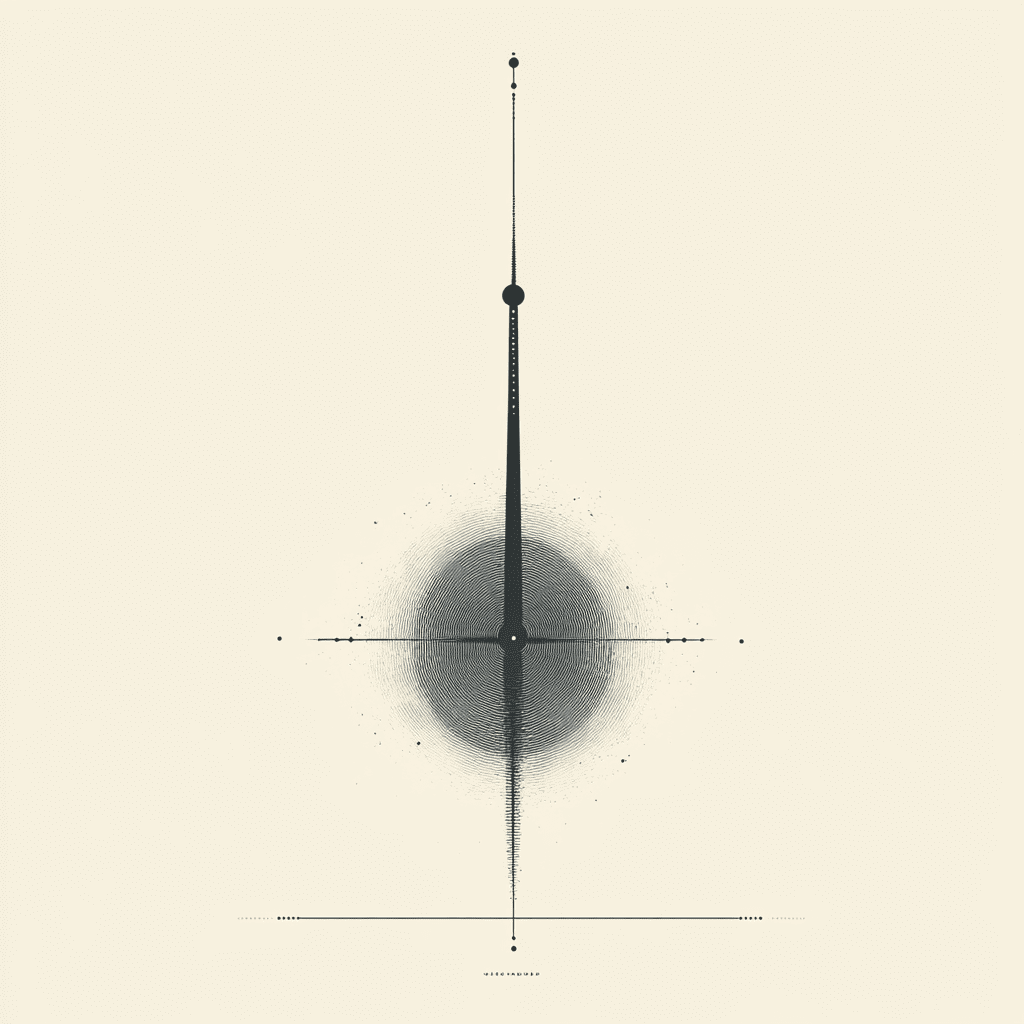This study presents a detailed timing analyses of two cataclysmic variables
(CVs), [PK2008] HalphaJ115927 and IGR J14091-610, utilizing the optical data
from the Transiting Exoplanet Survey Satellite (TESS). Periods of 7.20$\pm$0.02
h, 1161.49$\pm$0.14 s, and 1215.99$\pm$0.15 s are presented for [PK2008]
HalphaJ115927, and are interpreted as the probable orbital, spin, and beat
periods of the system, respectively. The presence of multiple periodic
variations suggests that it likely belongs to the intermediate polar (IP)
category of magnetic CVs. Interestingly, [PK2008] HalphaJ115927 exhibits a
unique and strong periodic modulation at 5.66$\pm$0.29 d, which may result from
the precession of an accretion disc, similar to the IP TV Col. The detection of
a spin signal of 576.63$\pm$0.03 s and inferred orbital signal of $\sim$ 15.84
h supports the classification of IGR J14091-610 as an IP. The identification of
such a long orbital period adds a new example to the limited population of
long-period IPs. The observed dominant signal at the second harmonic of the
orbital frequency also suggests ellipsoidal modulation of the secondary in this
system. The observed double-peaked spin pulse profile in [PK2008] HalphaJ115927
likely results from two-pole accretion, where both poles contribute to the spin
modulation, and their geometry allows equal visibility of both accreting poles.
In contrast, IGR J14091-610 exhibits a single-peaked sinusoidal like spin
pulse, attributed to the changing visibility of the accretion curtains due to a
relatively low dipole inclination. The present observations indicate that
accretion in both systems occurs predominantly through a disc.
Cet article explore les excursions dans le temps et leurs implications.
Télécharger PDF:
2504.15601v1

